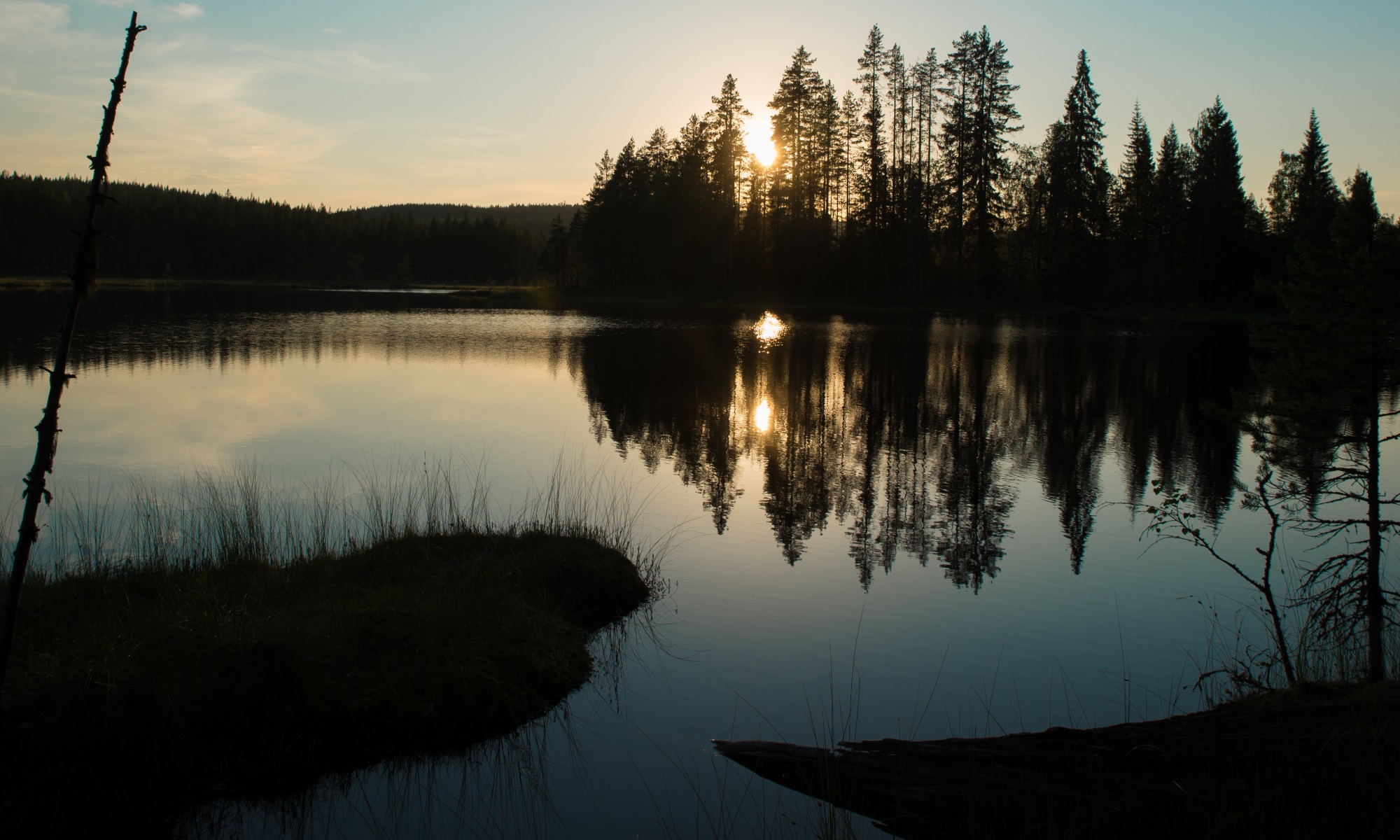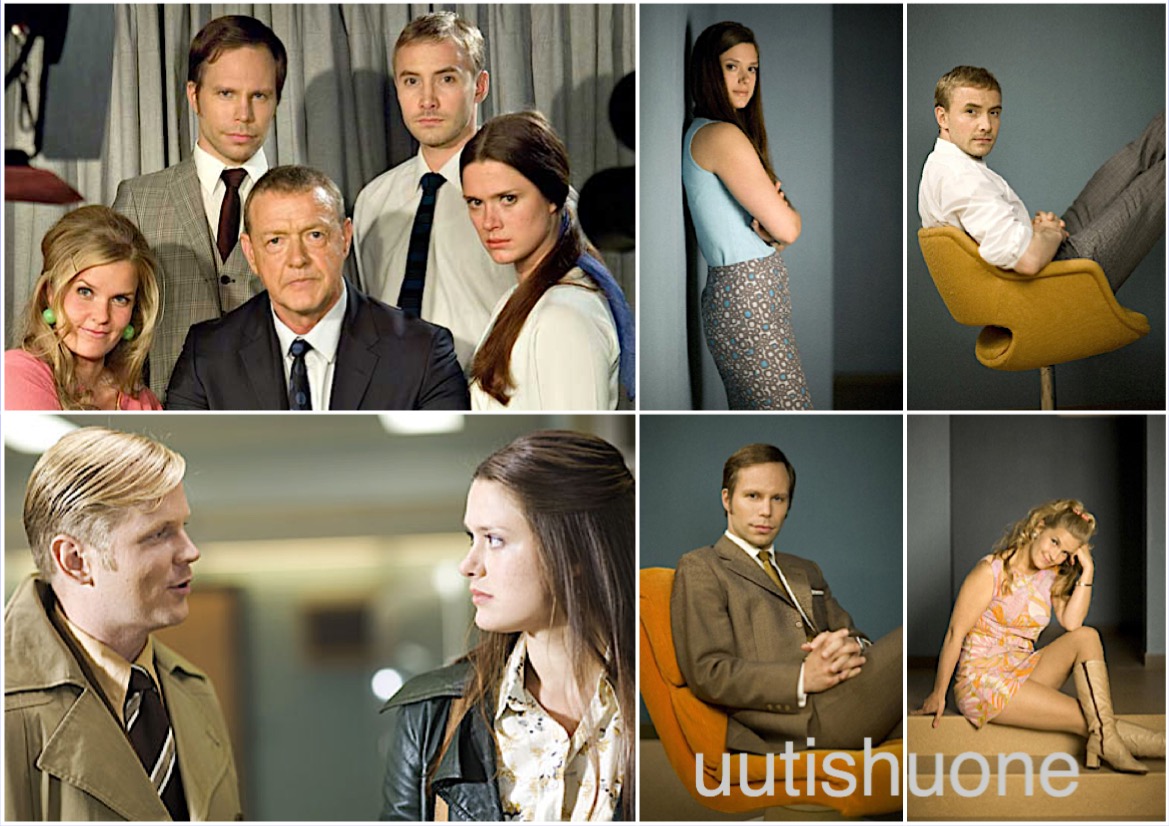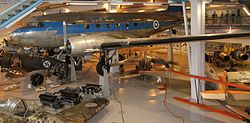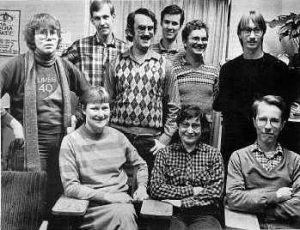Panssarivaunujen tuotannon ja menetysten vertailu
Jutut ovat hörönlöröä kuten aina.
Tässä ovat oikeat tiedot NL:n panassarituotannosta II maailmansodan aikana.
Vasta T-34-58-panssarit, joiden tuotanto lähti käytiin 1943 ja joihin kaikki tuotanto sitten käytännössä keskitettiin, olivat hyökkäyskelpoi- sia ja ylivoimaisia saksalaisten ajamiseksi pois maasta. Raskaata kau- punkipanssarit Klim Voroshilovit toki olivat lyömättämiä puolustajia, mutta ne vaativat telan alle katua tai maantietä painonsa takia ja olivat hitaita ja maksoivat neljä kertaa hienommankin Sotkan T-34 verran. Tavalliset T-34:t olivat myös hyviä, mutta hyökkäyshommiin keskeneräisiä: ei ollut radioita kuin johtovaunuissa vastaanottimet, tornit olivat hitsattuja (joskin Saksalla ne olivat niitattuja!), eivätkä sylinterit kestäneet satojen kilometrien yhtämittaista ajoa.
Putkisen NL:n ”panssarimassat” koostuvat pienistä,mm. tiedustelu- ja partisaanien amfibio(suo)panssareista, täysin vanhentuneista jalka-väentukivaunuista T-26, jotka olivat tarkoitukseensa selvästi huonompia kuin raskaalla konekiväärillä aseistetut panssaroidut miehistönkuljetusvaunut.
https://hameemmias.vuodatus.net/lue/2014/02/molotov-ei-pyytanyt-hitlerilta-lupaa-suomen-valtaamiseksi
http://vilhojuntunen1.puheenvuoro.uusisuomi.fi/138872-miksi-suomi-ajautui-talvisotaan
Keskustelua:
Putkinen: ” Spammia: ”NL valmistautui piirustukynät, sorvit ja hitsit savuten nimenomaan Saksan hyökkäykseen”
—–
Todellisuudessa Venäjän yksinvaltias Stalin oli täysin varma siitä, ETTEI Saksa ole hyökkäämässä Venäjälle, eikä Venäjä siksi valmistautunut lainkaan puolustukselliseen sodankäyntiin:
http://personal.inet.fi/koti/juhani.putkinen/Stalin_oli_varma_ettei…
Sen sijaan Venäjä valmistautui hyökkäämään länteen maailmanhisto- rian suurimmin joukoin heinäkuussa 1941, valloittaakseen koko Euroopan – aluksi.
http://personal.inet.fi/koti/juhani.putkinen/Venaja_aikoi_hyokata_l…
—–
Spammia tulee hirmuista vauhtia – väärällä nimellä – ja samaan aikaan tämä tekeläinen solvaa omalla nimellään kirjoittajia. Tämä on se inter- netin normaali taso. Minun mielestäni Aamulehden pitäisi edellyttää jokaisen kirjoittavan omalla oikealla nimellään ja identifioivan itsensä pankkitunnuksilla. ”
Täysin järjetöntä kaakatusta: Ettei NL ollenkaan valmistaustunut puolustautumaan…
MUTTA SEN SIJAAN SE MUKA OLISI SUUNNITELLUT MAAILMAN- HISTORIAN SUURINTA PANSSARIHYKKÄYSTÄ (ja ylipäätään siihenastista sotatointa) LÄNTEEN!!!???
SENKÖ HELVETIN TAKIA SELLAISELLA MASSALLA EI SITTEN MUKA OLISI MYÖS PUOLUSTAUTUA VOINUT!!!???
Molo-Ribbe EI OLLUT SOTILASLIITTO (JOLLAISTA HITLER KYLLÄ MYÖS TARJOSI!), vaan kahden vastakkaisen sotilasliiton NORMAALITILA SILLOINKUN NE EIVÄT SODI.
Täällä on NL:n pansaarintuotanto mlleineen..Nistä tärkeimmät ovat T-34:n eri tyypit ja Klimit. NL nosti panssarintuotantonsa vuonna 1942 10-kertaiseksi vuoteen 1941 verrattuna. Samoin lentokoneiden tuotannon. Tietysti sitä oli valmisteltu jo vuodesta 1938 mm. räätälöimällä uudet mallit Espanjan sisällissodan perusteella saksalaisia vastaan ja siirtämällä näiden panssarereiden, MUTTA EI KLIMIEN, valmistus länsirajalta Moskovan taakse. Itäisin linnoitettu kaupunki oli Gorki, joka oli myös parhaiden T-34-85-panssareiden, erityisesti niiden valettujen tornien valmistuspaikka.
Liittoutuneiden intressinä oli siirtää hykkäystä mahdollisimman kauaksi eteenpäin, NL:n asema koko ajan vahvistui. Vasta vuonna 1944 se olisi kuitenkin pystynyt todennäköisen voitollisesti hyökkäämään, ihan kuten se nytkin teki.
” Soviet combat vehicle production during World War II
From Wikipedia, the free encyclopedia (Redirected from
.
Production of
KV-1 heavy tanks
Soviet combat vehicle production during World War II from the start of the German invasion of the Soviet Union on 22 June 1941 was large. Although the Soviet Union had a large force of combat vehicles before the German invasion, heavy losses led to a high demand for new vehicles. Production was complicated by the loss of production facilities in the western part of the Soviet Union, and entire factories were moved east of the Ural Mountains to put them out of reach of the Germans. Soviet industrialization in the pre-war years (starting in the 1920s) had been rapid, but quantity was given priority over quality and Soviet engineers were comparatively in-experienced as the Soviet Union started off as a primarily agricultural society. Therefore, the quality of Soviet combat vehicles was inferior to western Allied and German vehicles.
(Although the T-34 was better armed and armored than any German tank at the start of the invasion, early-war T-34s could only drive for an average of 200 km before the engine was worn out. At the same point, German and American tanks needed only an oil change to keep running.) The situation improved after the hard years of 1941 – 1942 when the situation was especially strained as the Soviet industry was in disarray after the move to the east. In general, Soviet tanks had less interior space than the tanks of other nations (which made them smaller tar- gets) – this was possible because the Red Army only employed soldiers of small stature in their tank forces.
Combat experience in the Spanish Civil War (1936-1939), the Battles of Khal- khin Gol (1939) and the Winter War (1939-1940) showed the Soviet military that light tanks (such as the T-26) were too lightly armored and that multi-turreted tanks (such as the T-35) were inferior to single turret tanks which guided the switch to the later vital T-34 medium and KV-1 heavy tanks.
Figures are up until the first half of 1945 and only include new production.The Soviet Union had 25,664 [2] or 25,481 [3] armoured fighting vehicles on 1 June 1941 before it entered the war.
Not shown here are armoured cars,aerosans, artillery tractors and armoured trains.
Light armoured fighting vehicles
Armoured vehicles under about 15 tonnes could be produced and rebuilt in many light industrial installations, such as automotive, streetcar, and light tractor factories. Most were driven by standard automotive engines.
For these reasons light tank production continued well into the war, even though the medium T-34 was much more cost-effective. Foreign light tanks continued to be delivered under Lend-Lease, but domestic production would be replaced by cheaper armoured cars and the plentiful SU-76M self-propelled gun, which was simpler but packed a bigger high-explosive punch.
|
Type |
1940 |
1941 |
1942 |
1943 |
1944 |
1945 |
Total |
| Tanks |
T-26 |
1,601[4] 1,613[5] |
116[6] 47[7] |
|
|
|
|
1,717 or 1,660 |
| BT-7 |
779[8] 780[9] |
|
|
|
|
|
779 or 780 |
| T-40 |
41[10] |
668[11][12] 675[13] |
180[14] |
|
|
|
709 or 896 |
| T-50 |
|
48[15] 60[16] |
15[17][18] |
|
|
|
63 or 75 |
| T-60 |
|
1,388[19] 1,366[20] |
4,477[21] 4,352[22] |
55[23][24] |
|
|
5,920 or 5,773 |
| T-70 |
|
|
4,883[25][26] |
3,348[27][28] |
|
|
8,231 |
|
| SP guns |
ZiS-30[29] |
|
101 |
|
|
|
|
101 |
| SU-76[30] |
|
|
25 |
1,908 |
7,155 |
2,966 |
12,054 |
| SU-76i[31] |
|
|
|
201 |
|
|
201 |
|
Total |
2,422 or 2,433 |
2,321 or 2,249 |
9,580 or 9,455 |
5,512 |
7,155 |
2,966 |
29,956 or 29,770 |
The SU-76 was a 76 mm gun mounted on a lengthened version of the T-70 chassis.
Medium armoured fighting vehicles
Building and overhauling heavier armoured vehicles required specialized heavy machinery. Their main components were produced and assembled in facilities which also built heavy tractors, artillery, locomotives, and ship components.
The T-34 tank’s basic design was optimal, and continual development of industrial processes allowed it to be produced in greater numbers than any other armoured vehicle during the war.
Medium self-propelled guns were reasonably successful in the pure antitank role, but larger-calibre guns would become more common on heavier chassis, which could better handle their heavy recoil and carry an adequate provision of their large ammunition.
|
Type |
1940 |
1941 |
1942 |
1943 |
1944 |
1945 |
Total |
| Tanks |
T-28 |
12 |
|
|
|
|
|
12 |
| T-34 |
115 |
2,800 |
12,553 |
15,812 |
3,500 |
|
34,780 |
| T-34-85 |
|
|
|
|
10,449 |
12,110 |
22,559 |
| T-44 |
|
|
|
|
|
200 |
200 |
| SP guns |
SU-122 |
|
|
25 |
630 |
493 |
|
1,148 |
| SU-85 |
|
|
|
750 |
1,300 |
|
2,050 |
| SU-100 |
|
|
|
|
500 |
1,175 |
1,675 |
|
Total |
127 |
2,800 |
12,578 |
17,192 |
16,242 |
13,485 |
62,424 |
The T-28 was an older tank reaching the end of its production in 1940, and there were several hundred fielded already.
The T-34 was originally armed with a 76-mm gun; this was upgraded to a higher-velocity 76-mm, then finally to an 85-mm gun in a bigger turret. The production given for the T-34/85 in 1945 is the full production of that year.
The SU-85, SU-122 and SU-100 were all self-propelled guns mounted on the chas-sis of the T-34. The SU-85 and the later SU-100 mounted high-velocity guns and were designed for anti-tank work. The SU-122 mounted the lower-velocity 122-mm M-30 howitzer, and was mainly used as battlefield assault artillery against infantry.
Heavy armoured fighting vehicles
Soviet heavy tank production was constantly in danger of cancellation during the war, and only continued thanks to constant improvement and liberal doses of political interference. These vehicles required signi- ficantly more resources to produce than the T-34 medium tank, and were always outmatched by it in some significant way. The most suc- cessful were the later IS-2 tank and heavy self-propelled guns, whose large-calibre firepower was generally useful against both soft and hard targets. Soviet high command had examined and rejected the 100mm D-10s Gun for the IS2, despite its very high penetration, as it was not able to provide the high explosive support needed against soft targets. [32]
|
Type |
1940 |
1941 |
1942 |
1943 |
1944 |
1945 |
Total |
| Tanks |
KV-1 |
141 |
1,121 |
1,753 |
|
|
|
3,015 |
| KV-1S |
|
|
780 |
452 |
|
|
1,232 |
| KV-8 |
|
|
102 |
35 |
|
|
137 |
| KV-85 |
|
|
|
130 |
|
|
130 |
| IS-2 |
|
|
|
102 |
2,252 |
1,500 |
3,854 |
| IS-3 |
|
|
|
|
|
350 |
350 |
| SP guns |
KV-2 |
102 |
232 |
|
|
|
|
334 |
| SU-152 |
|
|
|
704 |
|
|
704 |
| ISU-122/152 |
|
|
|
35 |
2,510 |
1,530 |
4,075 |
|
Total |
243 |
1,353 |
2,635 |
1,458 |
4,762 |
3,030 |
13,831 |
Heavy tanks
The KV-1 (after Kliment Voroshilov) was armed with a 76 mm gun; as with the T-34, the length of the gun was increased during production. The KV-1S was a version of the KV-1 with lighter armour (making it faster) and a new turret (still with a 76 mm gun). KV-85 was a KV-1S fitted with an 85 mm gun in the same turret as the IS-1.
After Voroshilov lost political favour, the new KV-13 model with the KV-85’s turret and gun was renamed IS-1 after Joseph (Iosif) Stalin.It was soon upgraded to a new turret with high-velocity 122 mm gun, and renamed IS-2, finally giving a slow, expensive heavy tank one clear superiority over the medium T-34.
The IS-3 was an IS-2 with new, advanced hull and turret armour. It saw no combat in World War II.
KV-8 was a flamethrower tank.



